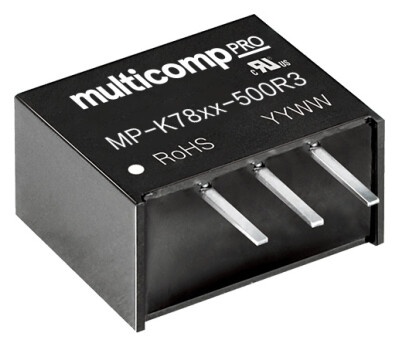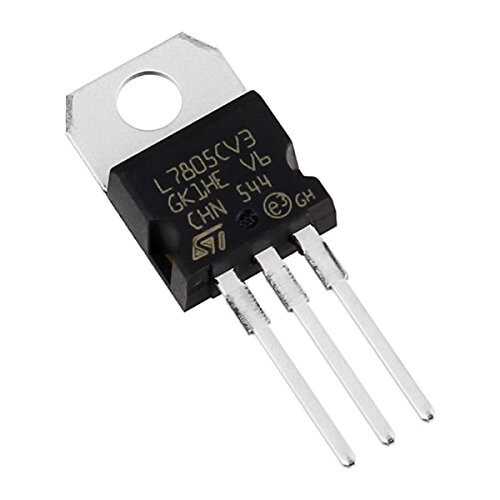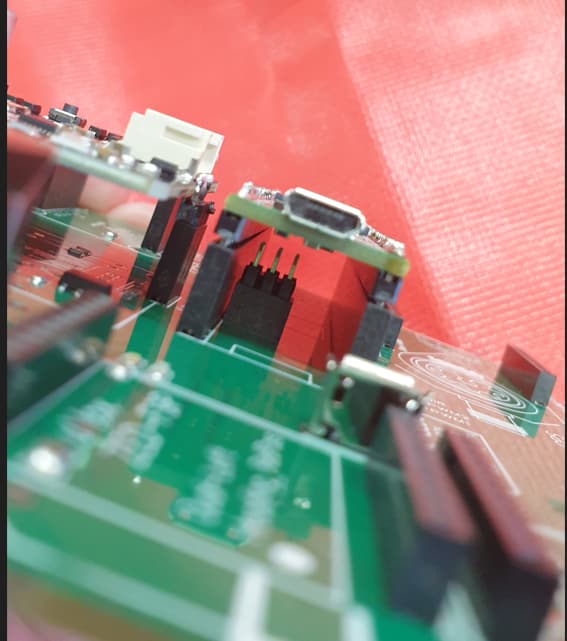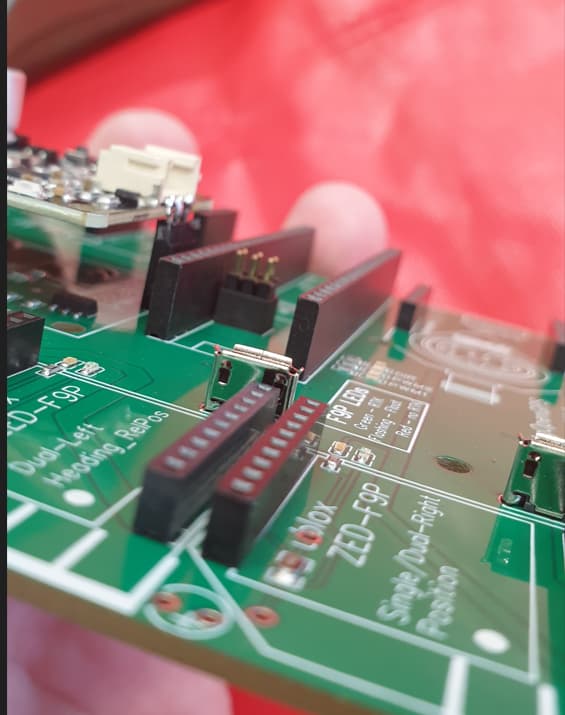Just the standard. The micro V4.1 does not appear to have this problem.
Has anyone already used the speed pulse on the v4 micro and what are the experiences?
Hi Guys,
how did you handle the different height of CN2 (2mm pitch) vith Teensy through holes sockets (0.100in pitch) ?
I even saw that on pjrc.com that CN2 should be soldered on Teensy and not the receiving board : PJRC Store
Thanks
Before release someone tested it with their Raven spray monitor, and I tested it with my Deere Computrak 250.
Are you having issues with it? It works in simulator mode and if you go very slow you should be able to see the speed led brightness change/blink.
The male pins shown there are hard to find in that length.
Most put a female socket on both the Teensy and on the AIO board, then slip a 6 pin header in between the female sockets.
I tried it first with soldering a regular 2mm pitch header just barely in the teensy (almost flush on top) but it didn’t reach far enough down into the female one.
Then I got some 2mm pitch male extended SMD headers (90° bent ones), straightened the pins (didn’t crack fortunately) and it worked…
Admittedly hacky, but couldn’t acquire normal 2mm extended headers either…
That actually sounds much better than my solution ![]()
thank you for the information. it was just a general question. i’m not gonna test it until after the harvest.
The length of these is enough.
I have been trying to find information related to why the WAS uses the MC7805CTG for 5volts while the other 5volt supplies use the K7805M-1000R3.
I would really appreciate an explanation.
I would also be curious to know. I suspect it is that the WAS isn’t as picky as the other parts so they use a cheap linear regulator for that and use the more expensive switching converters for the more critical parts.
I believe the switching regulators are far too noisy for the ads to function properly.
At the same time, the SMPS produces high-frequency sound due to the switching operation of the MOSFET. This noise may be reflected in the output voltage; However, on some advanced and expensive models, this output noise is somewhat attenuated. Also, switching creates electromagnetic and radio frequency interference. Therefore, it is necessary to use RF shielding and EMI filters in SMPSs. Therefore, SMPS are not suitable voice and radio frequency applications.
Since linear voltage regulators such as the 7805 do not produce any noise, the output voltages are clean, and the sensitive sensors connected to this output work more accurately.
switching regulators

Lineer voltage regulator

Hi there.
I am connecting the teensy and cannot understand the ethernet headers. Can someone identify the cause of the problem and point me towards the correct parts online please? Not sure if JLCPCB have used the wrong parts or I am using the wrong ethernet parts ? Thank you in advance
See that part soldered into the AIO? Leave it in place and solder the same part into the Teensy.
Ah ok that makes sense. Am trying to find that online with no luck. Would it be called a 2mm pitch socket?
It is the opposite as already explained, WAS needs clean power. I’d add that a linear regulator produces a lot of heat at high currents (and high voltage drop from input to output), that is why the high efficiency switching regulator is better for all the rest.
So for the wiring harness it works best to feed my 5v pressure sensor with the 5v as the WAS. Will this be a problem?
I don’t think so, it’ll be the cleanest (noise free) 5V you can get. As long as your pressure sensor isn’t using more than a few mA of current.


